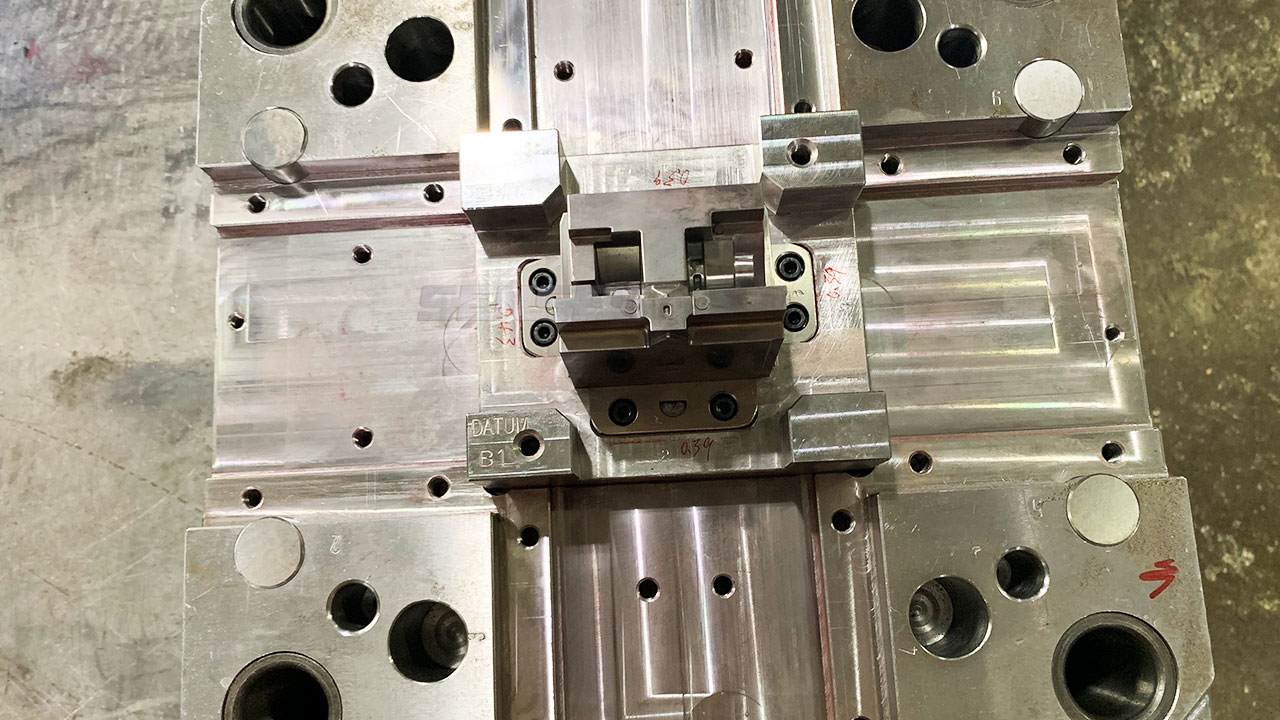Tooling is essential in turning designs into tangible products by shaping raw materials. It involves creating tools needed for precise and efficient manufacturing processes, like molds and fixtures. Good tooling enhances product quality and longevity.
In the tooling field, there are two methods: soft tooling and hard tooling, each with its own characteristics. Before we dive into these differences, let’s clarify what tooling means. Tools are physical devices used for specific tasks, while tooling is the broader process of designing and making tools for manufacturing. It includes aspects like design, material choice, production methods, and quality control.
Deciding between soft tooling and hard tooling is a crucial choice, as both have their distinct merits and drawbacks. To make an informed decision for your specific project, it’s essential to carefully assess their characteristics, applications, costs, and pros and cons.
What is Soft Tooling?
Soft tooling refers to molds made from low-hardness materials, typically silicone rubber or polyurethane. This type of tooling is commonly used for:
Rapid Prototyping: Soft tooling has shorter manufacturing cycles, making it suitable for quickly fabricating prototypes and conducting rapid testing.
Low-Cost Production: Compared to hard tooling, soft tooling generally incurs lower costs, especially for small batch production or short-term projects.
Complex Geometries: Soft tooling is apt for injection molding parts with intricate geometries, as they are more adaptable to shape variations.
However, soft tooling also comes with certain limitations:
Limited Lifespan: Due to their softer material, soft tooling has a relatively short lifespan and is typically suitable for smaller production batches.
Unsuitable for High-Temperature Materials: Soft tooling is not suitable for injection molding materials that require high-temperature stability, as such materials can cause rapid deterioration of the molds.
What is Hard Tooling?

Hard tooling consists of molds made from high-hardness metals, typically steel, and finds primary applications in:
Mass Production: Hard tooling excels in large-scale production due to its long lifespan and resistance to wear and tear, enabling handling of high volumes.
High-Temperature Materials: For materials demanding high-temperature stability, such as engineering plastics, hard tooling is indispensable.
Precision Injection Molding: Hard tooling offers high precision, enabling the production of parts with tight tolerances.
Nonetheless, hard tooling also has its drawbacks:
High Costs: The fabrication of hard tooling incurs relatively high costs, making it suitable for long-term production plans.
Long Lead Times: Hard tooling typically involves longer lead times, requiring more time for preparation.
Soft vs. Hard Tooling for Injection Molding: What Option Is Best for You?
When choosing between soft and hard tooling for injection molding, several crucial factors come into play:
- Part Geometry & Design Flexibility: Soft tooling is the preferred choice for intricate geometries due to its swift turnaround and ease of redesign using 3D printing or CNC machining. This allows the production of complex soft tools within hours or days. Once the design has been perfected, transitioning to hard tooling is a feasible option.
- Timeline & Market Deadlines: Soft tooling offers a significant time advantage, with soft molds ready within days compared to several weeks for hard tools. Soft tools prove invaluable when meeting tight market deadlines is essential. They can be employed initially for gathering customer input and market testing, enabling refinements before committing to the more time-consuming and costly hard tooling phase.
- Longevity & Production Volume: Hard tooling outshines soft tooling when it comes to tool lifespan. Soft tools are efficient for around 1-100 injection molding shots, while hard tools, crafted from durable metals, endure tens thousands of shots due to their capacity to withstand higher temperatures. For manufacturers with budget constraints, soft tooling is ideal for creating a small quantity of parts. In contrast, those with large production requirements and no budget limitations should opt for hard tooling, which offers better long-term value.
- Surface Finish & Quality Assurance: Soft tooling excels in surface finish due to factors such as material elasticity, mold release properties, vibration damping, and minimized tool marks. While hard tooling achieves tighter tolerances, soft tooling’s superior surface finish can offset the need for ultra-precise tolerances, especially in applications emphasizing aesthetics or tactile qualities.
- Material Compatibility & Environmental Impact: Soft tooling suits a wide array of materials, excluding those demanding high temperatures. Hard tooling, typically constructed from steel, accommodates a broader material spectrum, including high-temperature requirements. Consider the material compatibility aligned with your project. In terms of environmental impact, soft tooling initially consumes fewer resources and less energy, but the need for more frequent replacements may increase waste. In contrast, hard tools offer long-term sustainability.
Conclusion
Regardless of whether you opt for soft tooling or hard tooling, injection molding is a highly technical and intricate process that demands strict quality control and expertise. Regardless of the scale of your project, choosing the right mold type will have a significant impact on the quality and cost of the final product.
Senses prides itself on delivering high-quality products on time and at competitive prices. Whether for small batches or large-scale production, Senses is equipped to meet diverse client needs in the realm of injection molding. For inquiries or to learn more, please contact us.





